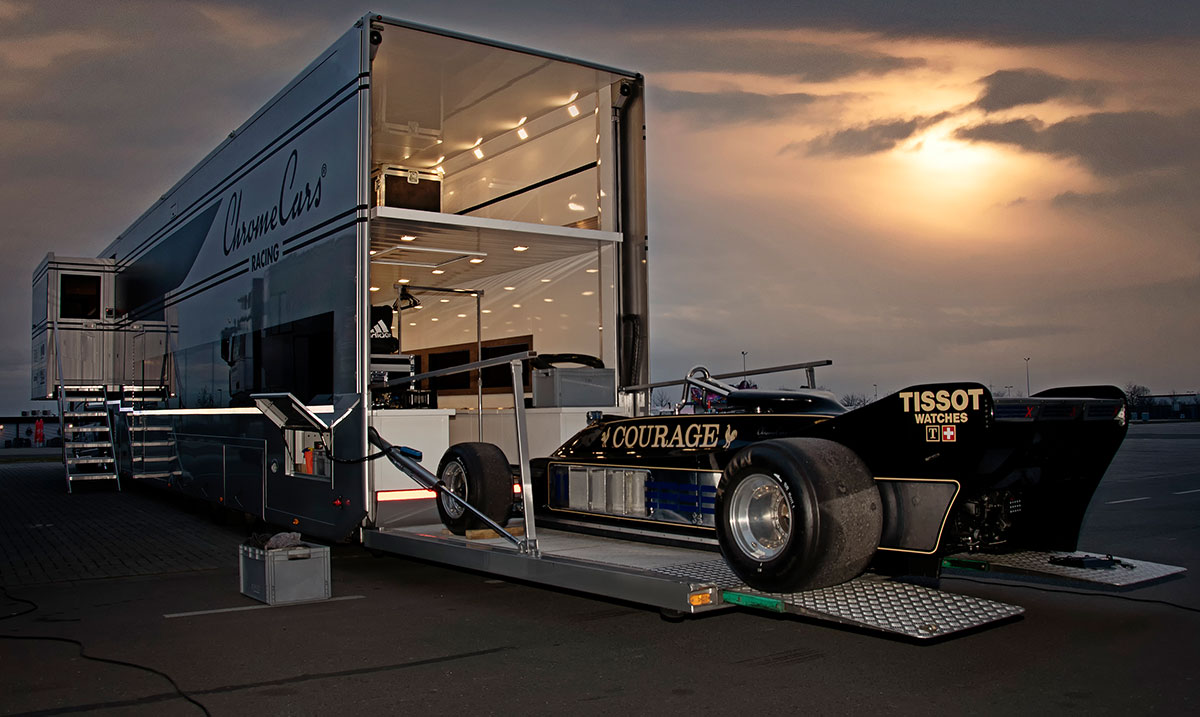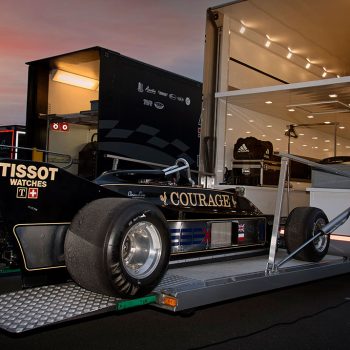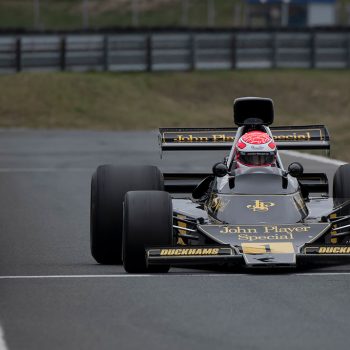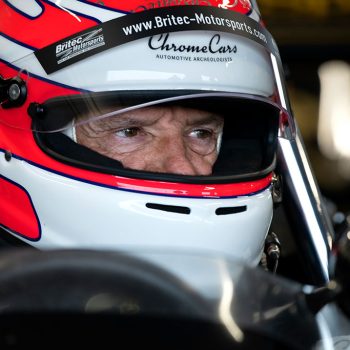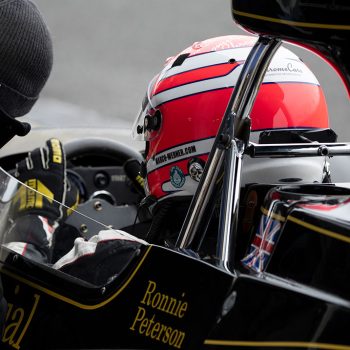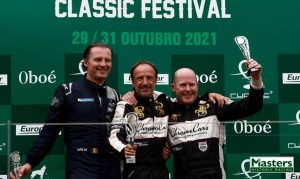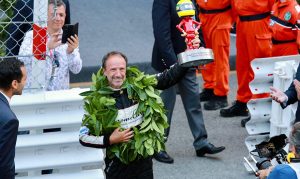The thirteenth edition of the Monaco Historic Grand Prix will take place in mid-May.
Along with the Le Mans Classic and Goodwood, the Monaco Historic Grand Prix is one of the highlights of the historic racing calendar and attracts so many drivers and teams that the organizers cannot accept all applicants. Whoever is on the road with a Formula 1 in the historic racing scene would of course also like to drive a race in the street canyons of the principality. That applies equally to drivers and teams. Nowhere else is the glamor of days gone by as tangible as in Monte Carlo. Even if the route has changed somewhat over the past few years, St. Devote, Rascasse, Mirabeau or the driveway to the casino make the heart of all racing enthusiasts beat faster.
ChromeCars, together with Team Britec Motorsports, has entered five of its beautiful Lotus F1 cars for Monaco, including the legendary double-chassis Lotus 88. With Marco Werner, Nick Padmore and Michael Lyons they certainly have the strongest driver line-up at this year’s Historique GP.
But how does a team in historic motorsport prepare for such a major event? At the end of March, Britec Motorsports had two test days in Oschersleben on the program to work intensively on the set-up of the ChromeCars “Black and Gold Collection” Lotus. Before the vehicles can even go out on the track for testing, all the cars at Britec Motorsports had been completely checked over the winter. After last year’s Masters Historic season, the cars were dismantled into their individual parts and completely rebuilt.
A cold Thursday morning, just before nine o’clock. The engines are warmed up, the drivers squeeze into their cockpits. After the long winter break, everyone involved can see the anticipation. At nine o’clock sharp, the traffic light at the end of the pit lane turns green and off we go. The three Lotus slowly drive down the pit lane and disappear around the first corner. You get ready in the pits, because the cars only do one installation lap to check that everything is working properly and then come straight back to the pits. There, everything is checked again by the mechanics before the first laps begin.
While in modern motorsport you mostly test new parts that are supposed to make the car faster, in historic motorsport it is more about tuning the car so that the driver feels safe. The limit in historic motorsport is different than in modern motorsport. If a driver crashes a historic car, the weekend can be over quickly because of a bent wishbone or a broken nose. Spare parts are unique and therefore rather scarce. A team doesn’t have three front and three rear wings, so the driver has to choose his limit so that he still has room to maneuver and doesn’t risk the car. That’s why Britec Motorsports and ChromeCars rely on established drivers with a lot of experience.
Marco Werner, three-time Le Mans winner with Audi, Nick Padmore Masters Historic F1 Champion 2015 has driven 38 different F1 cars and Michael Lyons, three-time Masters Historic F1 Champion and six-time Monaco winner. With these drivers you can certainly count yourself among the favorites in Monte Carlo.
The first faster laps have now been completed and the drivers are giving initial feedback on driving behavior. Wings are adjusted, dampers set differently. The process is the same all day, do a stint, make small changes to the setup, then the next stint of three to four laps. It’s quickly evening and the checkered flag ends the test day. Now the actual work begins for the mechanics. Until late at night, they will enter the driver’s setup requests on the cars and check the cars so that the next morning it can start again at nine punctually. Two more days of testing will follow before the Monaco Historique Grand Prix. The team is confident that by then the cars will have been set up perfectly for the highlight on the Cote d Azur.
Text and photos: Peter Heil
